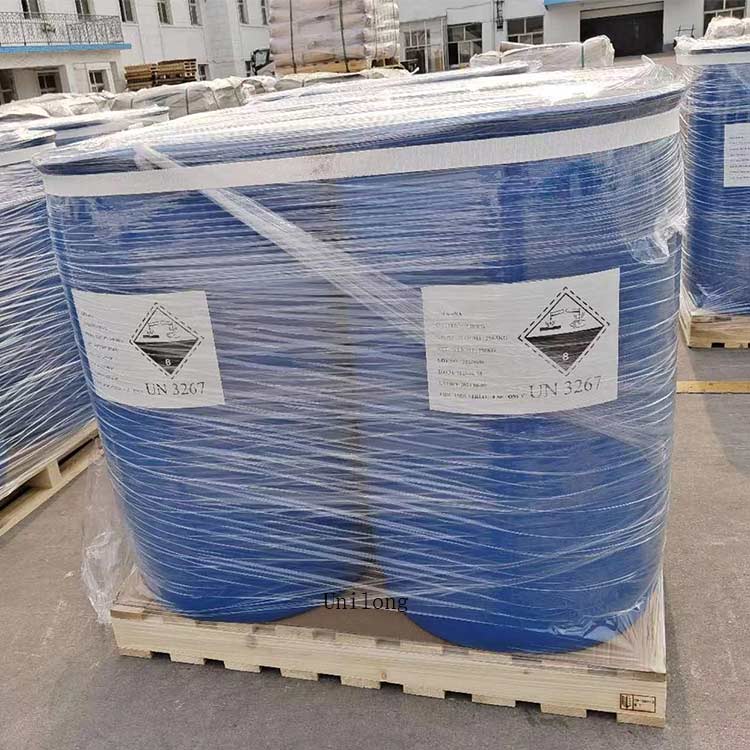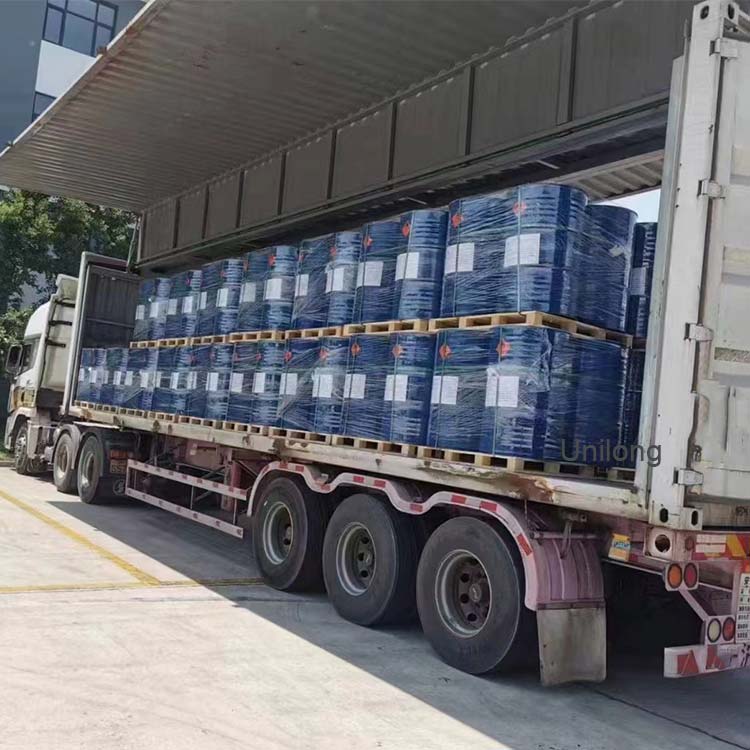Cocoamine CAS 61788-46-3
The raw materials of Cocoamine mainly come from the fatty acids in coconut oil (such as lauric acid, myrictic acid, palmitic acid, oleic acid, etc.), and are produced through amolysis reactions (fatty acids react with ammonia to form fatty nitriles, which are then reduced to produce amines) or directly by the reaction of fatty acids with ammonia.
| ITEM | STANDARD |
| Appearance | colorless liquid |
| Total Amine Value mg/g | 270-295 |
| Purity % | > 98 |
| Iodine Value g/ 100g | < 12 |
| Titre ℃ | 13-23 |
| Color Hazen | < 30 |
①. Daily chemical and Personal Care Industry
The core component of the surfactant system
Emulsifier
When used to prepare emulsions and creams (such as face creams and body lotions), it forms a stable emulsified layer by adsorbing at the oil-water interface to prevent oil-water separation.
Cocamidopropylamine Oxide is used as a low-irritation emulsifier in skin care lotions.
Foaming agent and foam stabilizer
Add it to shampoo and body wash to promote foam formation by reducing the surface tension of water and enhance the stability of the foam.
Features: Compared with petroleum-based foaming agents, coconut oil amines are milder and are suitable for sensitive skin products (such as baby care products).
Conditioner
Quaternary ammonium salts (such as cocoyltrimethylammonium chloride) in hair conditioners and hair masks can adhere to the negatively charged surface of hair, neutralize static electricity, improve tangles and provide a smooth hand feel.
2. Anti-corrosion and corrosion inhibition assistance
Some tertiary amine derivatives can inhibit the corrosion of metal containers (such as aluminum packaging) and extend the shelf life of products.
Quaternary ammonium salts (such as cocoyl dimethyl benzyl ammonium chloride) have antibacterial activity and can be used as preservatives in cosmetics (subject to regulatory limits).
②. Textile and Leather Industry
Fabric softness and care
Softener
Coconut oil-based quaternary ammonium salts (such as dicoconut oil-based dimethylammonium chloride) adsorb on the surface of fibers through cationic groups, forming a hydrophobic film, reducing the friction between fibers and making the fabric feel soft and fluffy.
Application scenarios: Laundry detergent, fabric softener, post-treatment process of towels/bed sheets.
Antistatic agent
Fibers tend to accumulate static electricity during processing or wearing. The cationic properties of coconut oil amine derivatives can neutralize the charge, preventing dust adhesion and entanglement of clothes (such as in the treatment of synthetic fibers like polyester and nylon).
Dyeing and processing AIDS
Leveling agents: Primary amines or tertiary amines are used as dyeing auxiliaries to regulate the adsorption rate of dyes on fibers, preventing local dyeing from being too deep or too light (such as reactive dye dyeing of cotton and linen fabrics).
Leather fat-adding agent: When coconut oil amine is compounded with oil, it penetrates into the leather fibers, enhancing flexibility and water resistance.
25kg/bag

Cocoamine CAS 61788-46-3

Cocoamine CAS 61788-46-3















